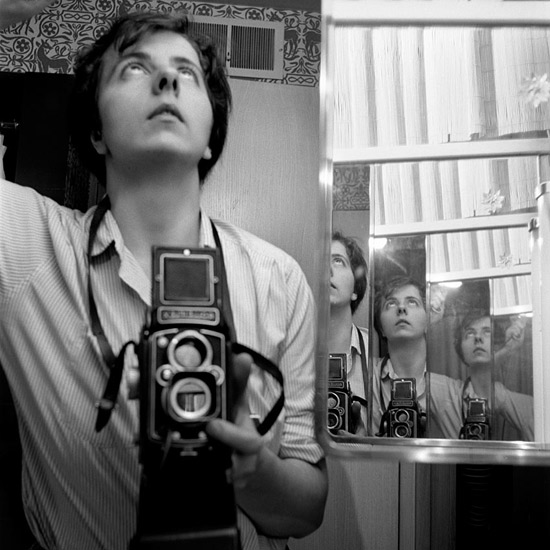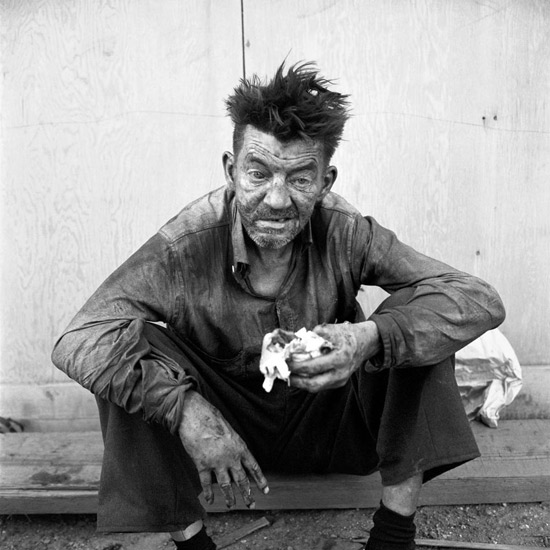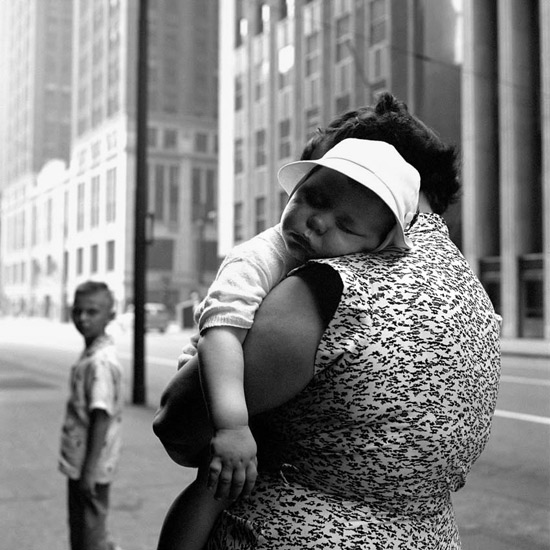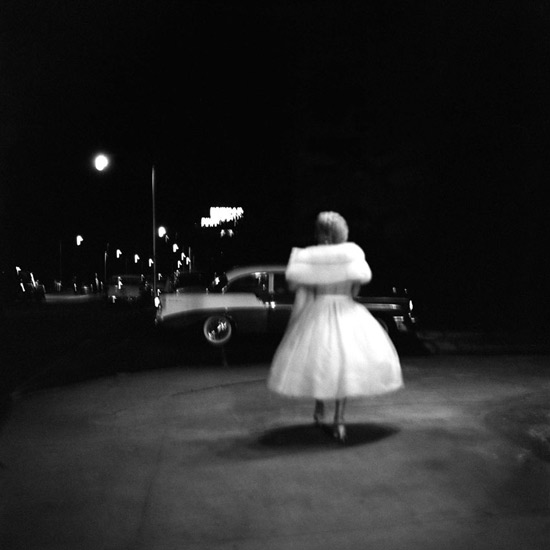
Image via the Maloof Collection, Ltd.
Here's another post from my guest contributor Elyse Weingarten.
The surprising discovery of previously unknown street photographer, Vivian Maier, has been ubiquitously reported internationally for the past two years. Maier, who worked on and off as a nanny in Chicago for almost forty years, prolifically photographed the city's streets on her days off, ultimately creating a body of work that has been compared to such twentieth-century masters as Henri Cartier-Bresson, Weegee and Diane Arbus.

In just a short time, Maier's work has been in exhibitions throughout the world and curated in two book published by CityFiles Press, with another book set to come out later this year; a documentary about Maier and the discovery of her work, 'Finding Vivian Maier,' is also currently in production. John Maloof, a local historian in Chicago, uncovered Maier's work when he bought a trunk full of prints and negatives at an auction house selling off Maier's belongings from a storage locker she'd left unpaid. Part of Maier's meteoric rise in popularity is undoubtedly due to the spectacular nature of how her work was uncovered. This, and the narrative of Maier's life, overshadows her photography; like many touted artists, she is known more as a personality than for her work.

In Maier is the unraveling of one of our most necessary social myths. In the name of societal order and reason, we must live with the illusion that the external self presented is the veracity of one's entire character, a near reflection of their interior being. That anyone could hide such a significant piece of their life brings us to a state of wonder and awe. It seems so anomalous that it, like a good piece of gossip, becomes a story to be told over and over, juicier with each telling.

It is interesting to note that this division between the private and public selves rests at the foundation of photography. If we walk around with only our outsides showing, the camera, in gifted hands, is a device to illuminate our emotional exoskeletons. So glued in place are our facades, it takes an artist to raise them. - Elyse Weingarten.

